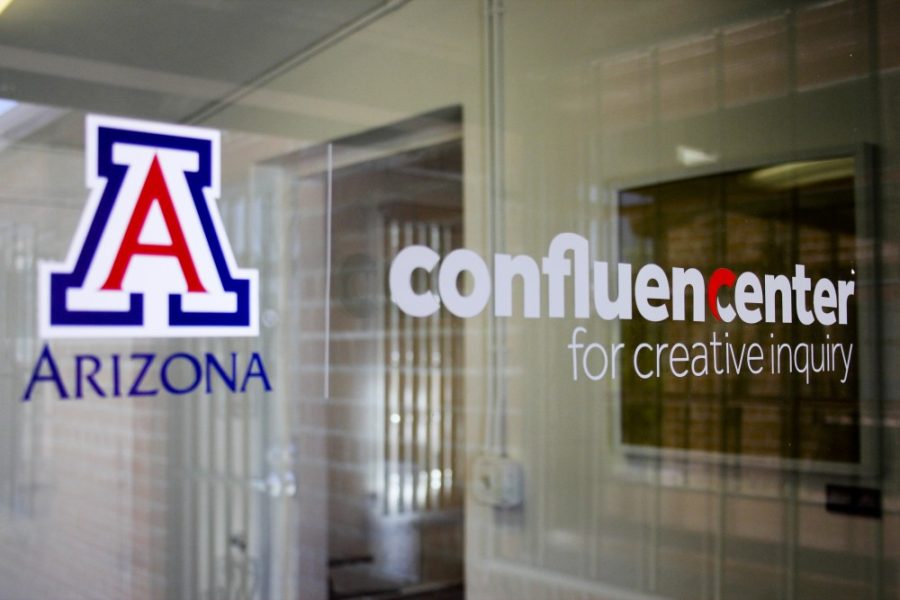The center that helped bring Noam Chomsky to campus last spring, the Confluencenter for Creative Inquiry at the University of Arizona, is geared to continue its collaborative effort within the community in order to maintain the university as the intellectual hub of the Southwest.
“We work with students and faculty in those fields (social sciences, arts and humanities) and look at innovation and those people doing out-of-the-box projects,” said director Javier Duran. The crossing of disciplines serves to fulfill the mission to bring people and ideas together to cultivate innovation, collaboration and public engagement, according to the center’s website. The Confluencenter opened in 2009 after 13 faculty members were recruited by the university administration to brainstorm a new interdisciplinary initiative on campus that would address the grand challenges of human existence. It has grown from Duran’s small office in the Modern Languages building to having its own bungalow on Helen Street, across from McClelland Hall.
“We are also working hard on creating a robust brand and a wide-ranging identity on campus and beyond,” said Duran.
Currently the center is working to develop a speaker series that reflects their initiatives and their lines of inquiry, called Beyond Boundaries, Digital Inquiry and Performative Environments. They are also launching a series of multimedia presentations by faculty members called “Show and Tell” at the Playground Bar and Lounge downtown, as well as bringing award-winning poet, novelist and essayist Luis Urrea for a Day of the Dead celebration.
“Collaboration amongst different members of campus is important and that’s what we work to do,” said Director of Program Development Yvonne Ervin, who also said that engaging and highlighting different research on campus is key to developing upcoming programs and events.
Since its inception, Confluencenter has awarded more than $1 million in grants, fellowships and co-sponsored events.
Working with a diverse range of members on campus while featuring undergraduate work is why UA seniors Emma Kleiner and Lauren Johnston have worked with the Confluencenter and Student Affairs for the past two years to produce an undergraduate journal, the Arizona Journal for Interdisciplinary Research. The journal was released on April 25.
“An undergraduate journal was the best way to highlight and encourage local scholarship,” said Kleiner.
Johnston added that they sought the Confluencenter from the beginning because they just had an overall interdisciplinary focus and mission statement and thought their journal’s goal meshed with that.
“It’s been a really long process. We just tried to find the best faculty resources and peer resources to put together a great group of people,” said Kleiner.
Art history professor Stacie Widdifield was awarded a Collaboration and Innovation Grant in 2011 to fund her project, Art History of Air and Water in Mexico.
Widdifield worked with Jeffrey Banister, an assistant professor in the School of Geography and Development and an assistant research social scientist at the UA Southwest Center, with an interdisciplinary group of scholars who examined the visual cultural of natural resources in Mexico, which include painting, prints, maps, architecture and engineering works. The grant supported Widdifield and her colleagues to conduct a year-long series of focus groups whose participants included colleagues at the UA, colleagues at the Universidad Nacional Autónoma de México and at Oxford University.
“We see this project as a visual complement to the UA’s diverse initiatives and units already focused on the environment, history and resources of Mexico,” said Widdifield. She will present a summary of her work this October with a five-day think tank in the School of Art. It is through these types of projects and programs that the center works to share the wealth of creativity and research on campus with others.
“We are fostering a true confluence of people and ideas,” said Duran.









